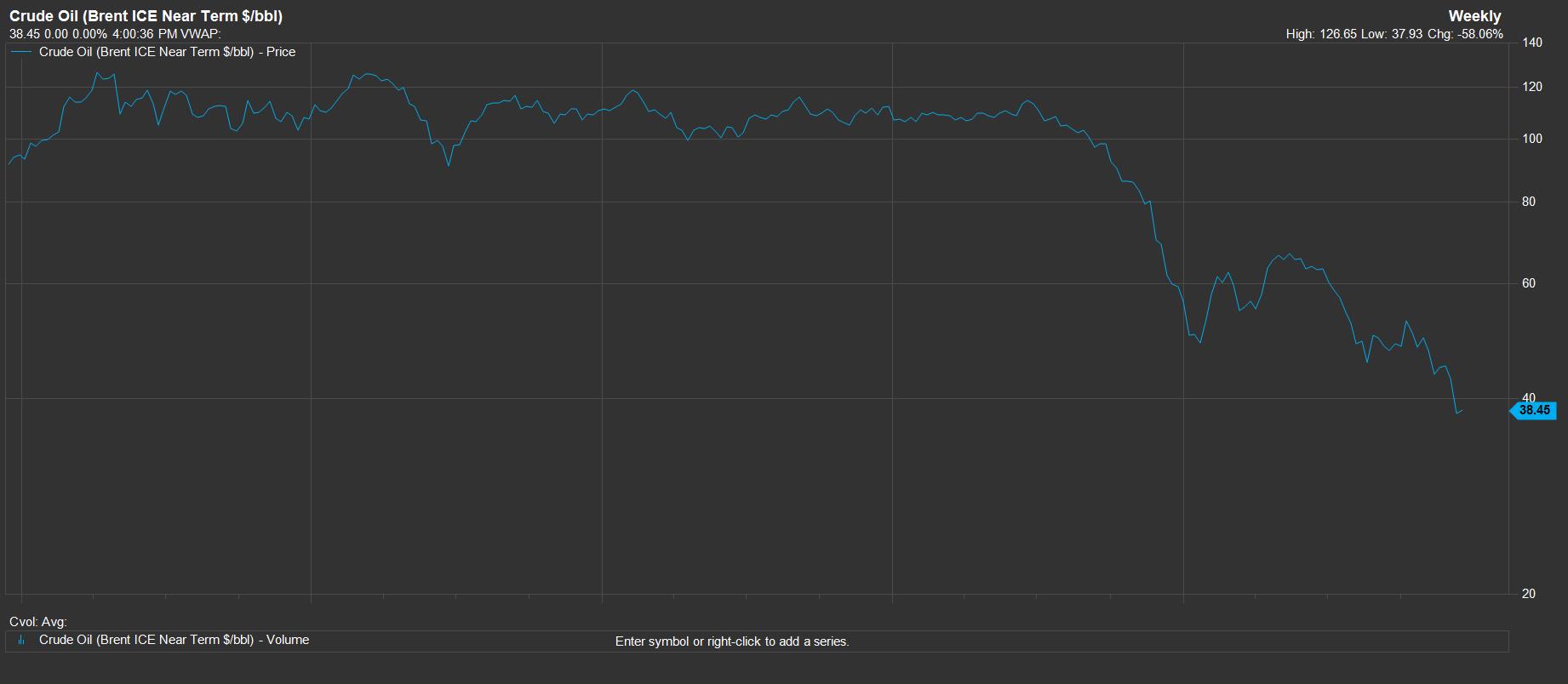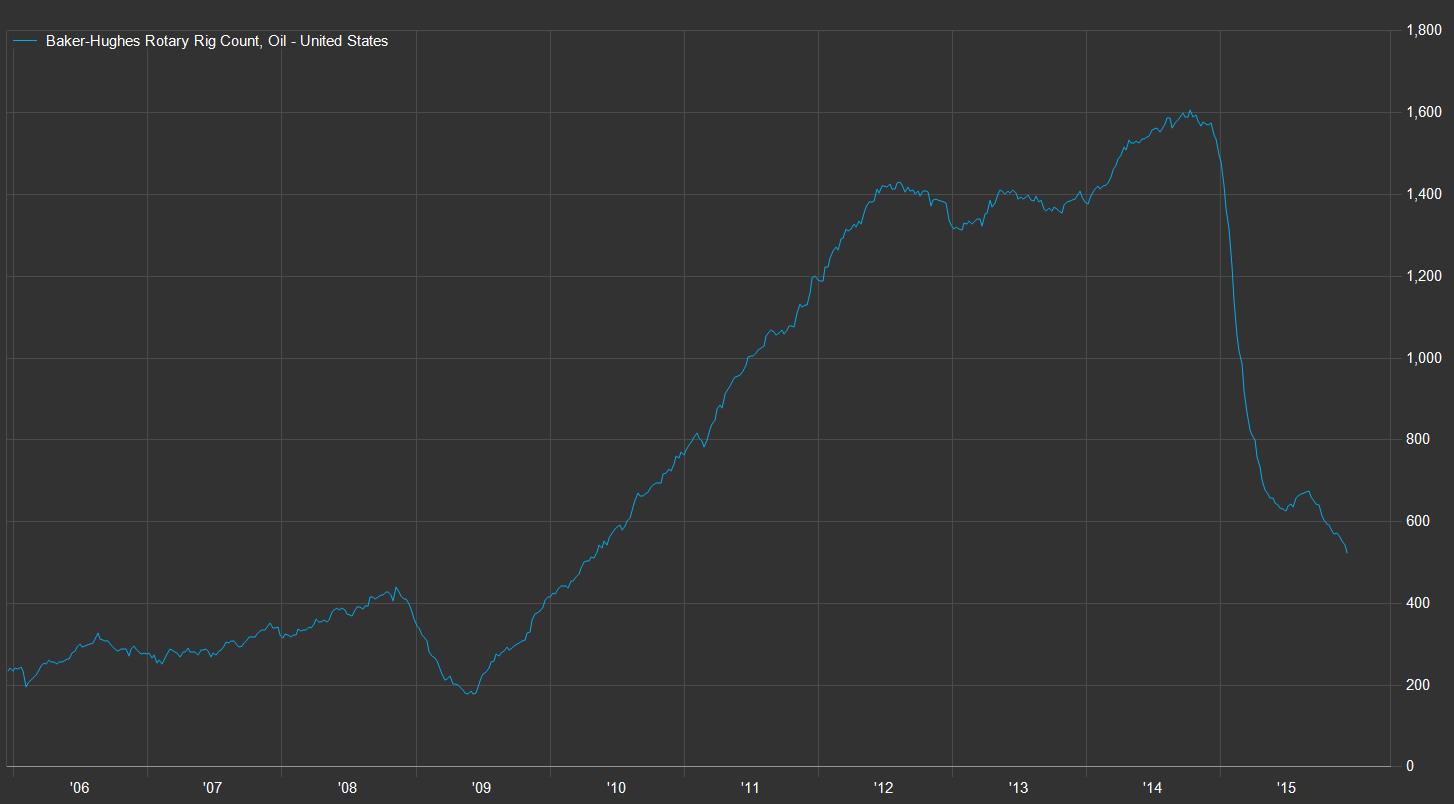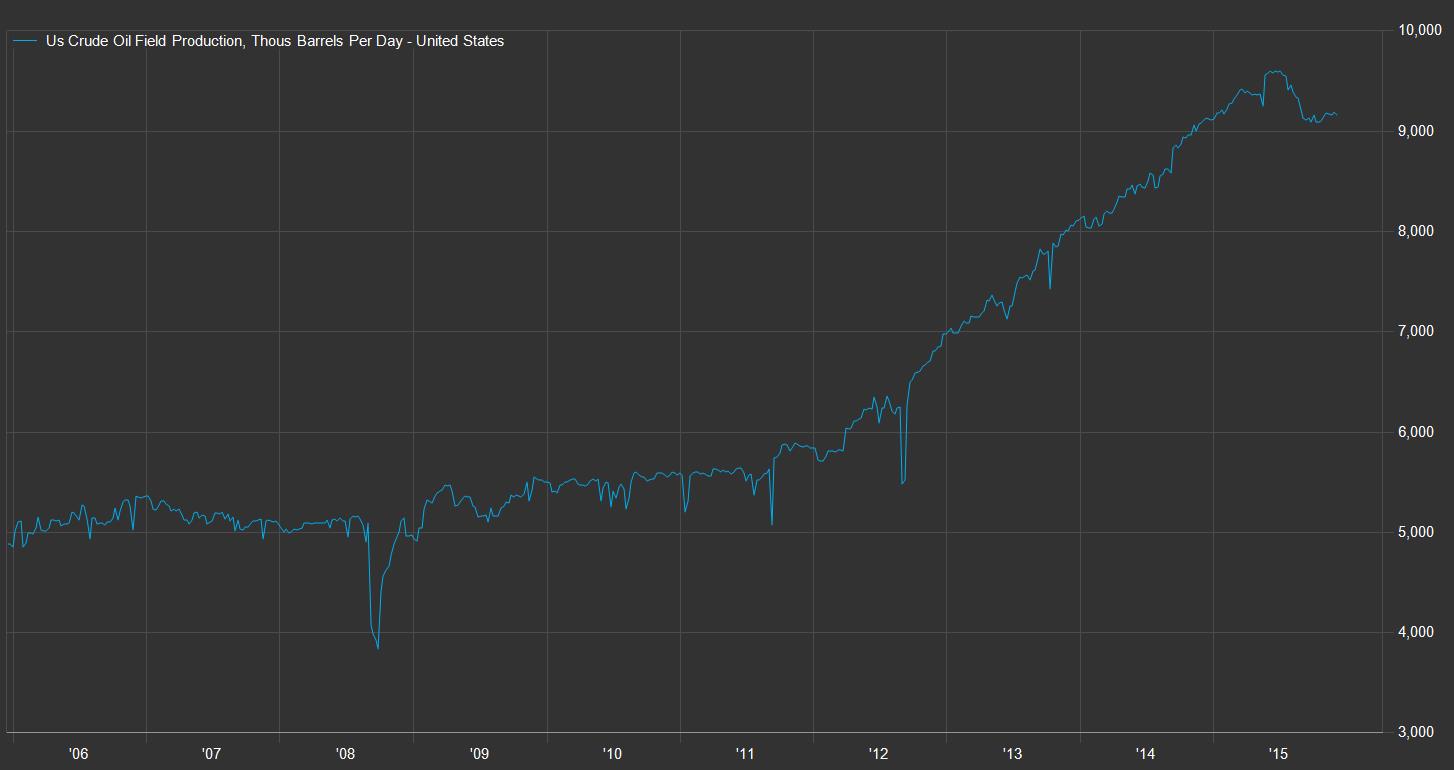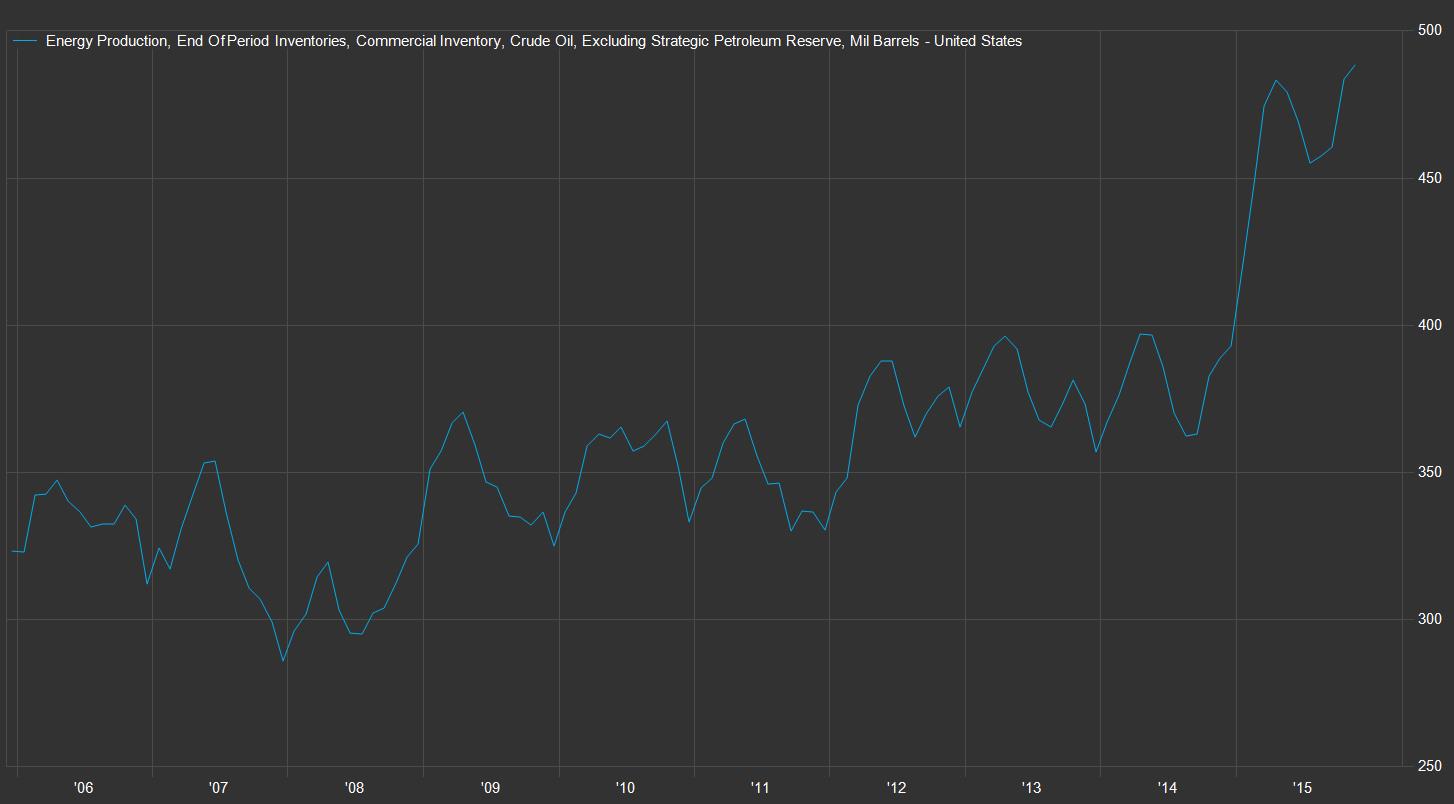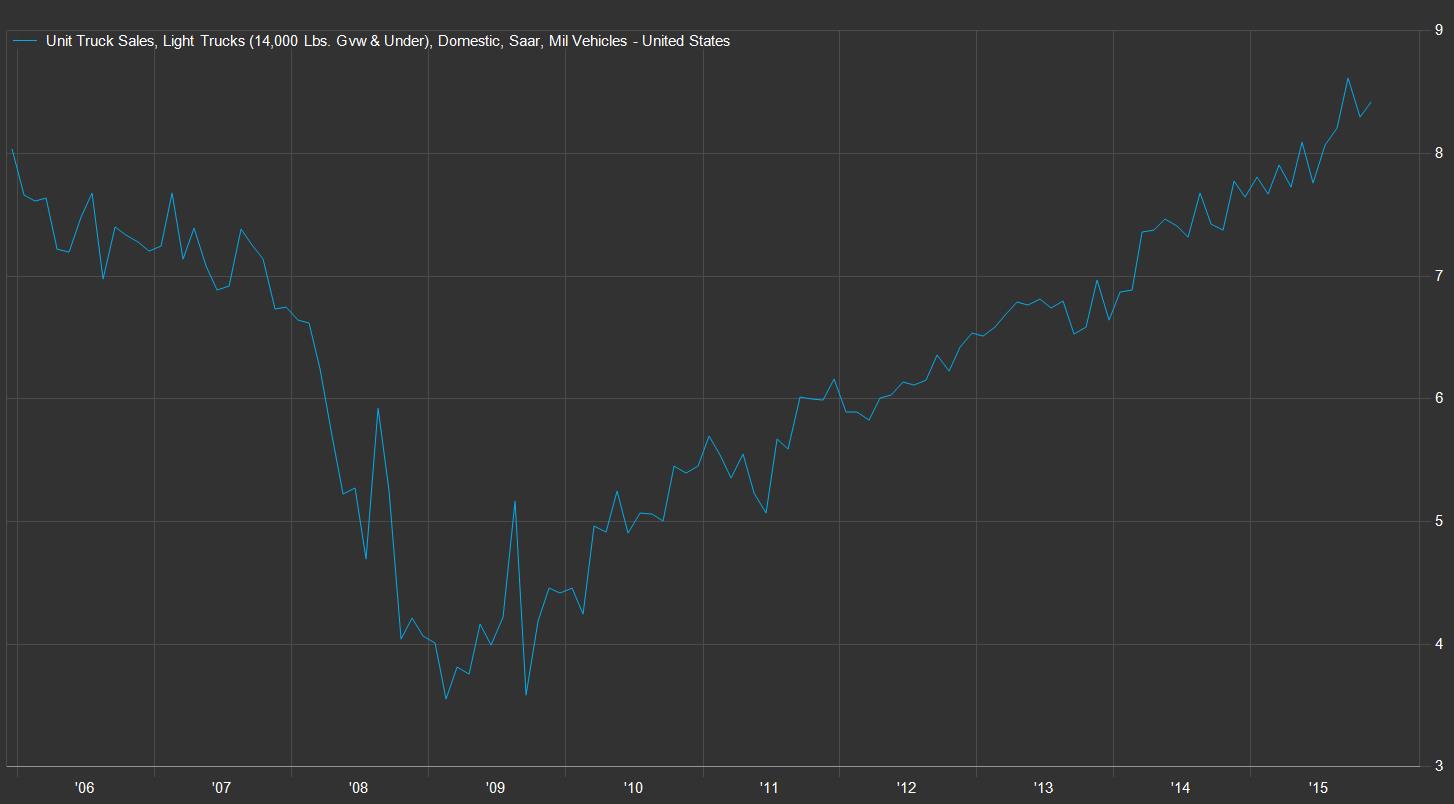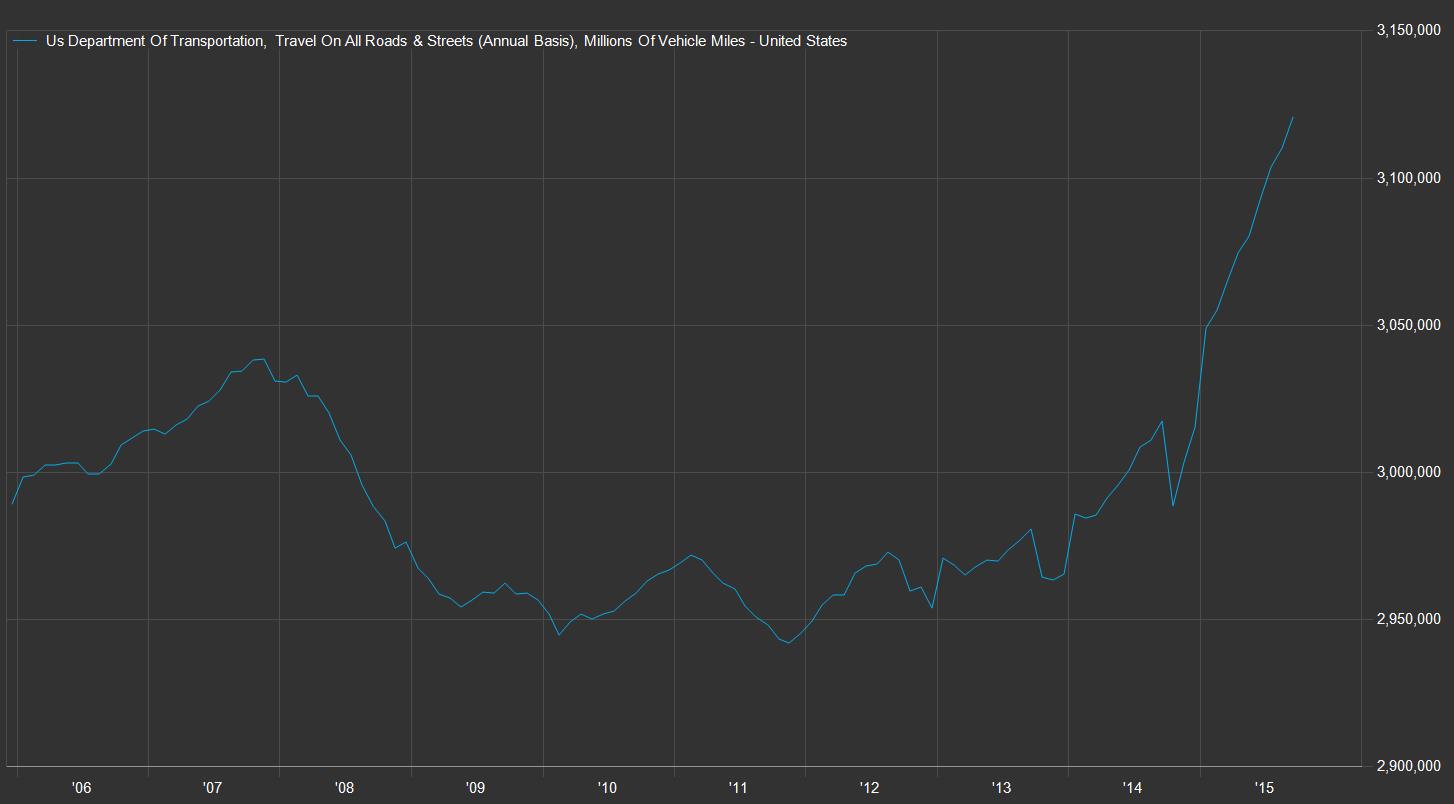We Can’t Burn Gasoline Fast Enough
It appears to defy economic logic: Large numbers of American oil rigs have gone idle, and thousands of oil workers have lost their jobs.
Nevertheless, the price of gas has stayed low. Even with far fewer working rigs, production remains only slightly off its peak, and inventories are at their highest point in recent memory. We can’t burn gasoline fast enough to keep pace with ever-increasing supplies.
So why is that?
First, let’s put the impact of low gas prices on American consumers in some perspective. Here at the American Institute for Economic Research, we publish a monthly report called the Everyday Price Index. It starts with the catch-all Consumer Price Index, and then we strip out expenses that remain fixed, like home mortgage costs.
In November, our Everyday Price Index – essentially, the cost of living — decreased 0.6 percent. In contrast the Consumer Price Index decreased 0.2 percent on a not-seasonally-adjusted basis. AIER’s EPI is not-seasonally adjusted.
Over the past year, the EPI has fallen 2.3 percent while the CPI has increased 0.5 percent. The difference between the two is largely due to a drop in energy prices. The EPI assigns a greater weight to energy.
Everyday prices have been restrained by gasoline prices, which decreased 4.2 percent in November, and have decreased 24.1 percent over the past year. Gasoline prices have been held back by crude oil prices, which have declined significantly over the last 12 months (see chart below).
As prices fall, oil production would, at least theoretically, tend to decline in response. So oil rigs have shut down in large numbers, as you can see from the chart below. The U.S. rig count is down by 1,184 over the past year.
But many of these were low productivity wells. Those that remain in use tend to be those that extract more crude. Thus, production remains only slightly off its peak, as you can see from the chart below.
So even as rigs shut down, inventories keep piling up (see chart below).
Higher inventories mean that consumer demand is easily met. Consumer demand for gasoline has increased 1.5 percent over the last year. Demand pressure on gasoline has been coming from strong sales of light trucks…
… and more miles driven on America’s roads:
Eventually, lower U.S. production should begin to put upward pressure on prices. However, the more important factor may be global crude production, and that is much more difficult to predict.
Click here to sign up for the Daily Economy weekly digest!
Sources: Commodity Research Bureau, Bureau of Labor Statistics, Baker-Hughes, U.S. Department of Energy, Bureau of Economic Analysis, U.S. Department of Transportation.
